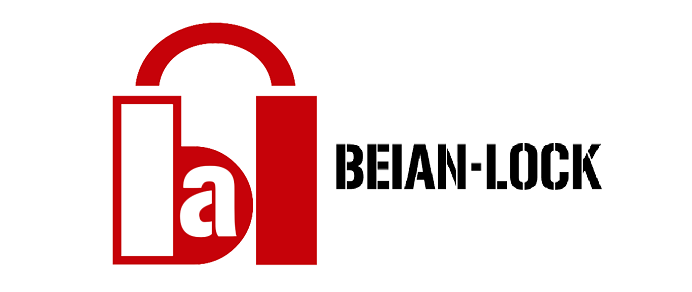-1140x700.png)
What Equipment Requires a Lockout-Tagout Procedure?
First and foremost, most clients tend to believe that production equipment is the only type of equipment that requires a procedure, which is incorrect.
In order to be lockout-tagout compliant according to the OSHA standard 1910.147, Control of Hazardous Energy, there are five components that must be met. The five components consist of a corporate policy, lockout tagout locks and devices, annual inspection of employees and procedures, authorized and affected training, and machine specific lockout-tagout procedures. Many clients are unsure of what pieces of equipment are required by OSHA to have a machine specific procedure, but with the help of ESC we can better clarify the OSHA requirement.
First and foremost, most clients tend to believe that production equipment is the only type of equipment that requires a procedure, which is incorrect. Facility type equipment pieces such as air handler units, boilers, and dock doors just to name a few, are just as important as production equipment is when it comes to lockout-tagout. It is vital that your authorized employees and contractors are protected no matter what types of equipment they service at your site.
The most common question asked about lockout-tagout revolve around some iteration of the following: “What requirements must a piece of equipment meet in order to not have a procedure?”
Within 1910.147 there is a section, 1910.147(c)(4)(i), that lays out 8 requirements, which if a piece of equipment can meet all 8, then that machine does not need a procedure. The 8 requirements are as follows:
- The machine or equipment has no potential for stored or residual energy or reaccumulation of stored energy after shutdown which could endanger employees;
- The machine or equipment has a single energy source which can be readily identified and isolated;
- The isolation and locking out of that energy source will completely de-energize and deactivate the machine or equipment;
- The machine or equipment is isolated from that energy source and locked out during servicing or maintenance;
- A single lockout device will achieve a locked-out condition;
- The lockout device is under the exclusive control of the authorized employee performing the servicing or maintenance;
- The servicing or maintenance does not create hazards for other employees;
- The employer, in utilizing this exception, has had no accidents involving the unexpected activation or re-energization of the machine or equipment during servicing or maintenance.
In summary, a piece of equipment does not require a procedure if it has only one source of energy, can be locked out using only one device, and has not had any previous accidents due to uncontrolled energy.
According to the 8 requirements, any piece of equipment with more than one energy source requires a procedure; this includes both lockable and non-lockable energy. Many clients tend to believe that electricity is the only source of energy for many pieces of equipment, which is incorrect. Electricity is just one form of lockable energy, the others being: water, steam, pneumatic, compressed gases, and chemicals/fuels. Non-lockable energy is just as important (if not more important) as lockable energy because it cannot be isolated by a lock or device and is easily overlooked if the energy is not clearly identified in the lockout procedure. Non-lockable energy is stored internally and will typically be dissipated manually. Some of the most common types of non-lockable energy include: kinetic energy, potential energy, thermal, hydraulic energy, and electrical capacitance.
Therefore, with all of the different forms of energy sources, there are very few pieces of equipment that meet all 8 requirements thus exempting the equipment from requiring a procedure.
The most common pitfall of most lockout-tagout programs that employers have established in house is overlooking the simpler equipment. Even simple equipment can lead to serious accidents if a lockout procedure is not created and followed during servicing.
Properly implementing or even simply maintaining a lockout-tagout program may seem overwhelming at first when thinking about all of the equipment that now needs a machine specific procedure, but with the help of beian-lock the burden of creating and implementing all of the procedures can be taken off your hands so your internal safety resources can remain focused on what they do best – keeping people safe.
About the Author:
Amanda R. Redford, Mechanical Engineer. Born in Green Bay, WI and attended schooling at the University of Wisconsin – Madison earning a Bachelor of Science in Mechanical Engineering. As part of the elite engineering team, Amanda has successfully lead groups of engineers and implemented thousands of procedures for companies around the Canada and United States.






.png)